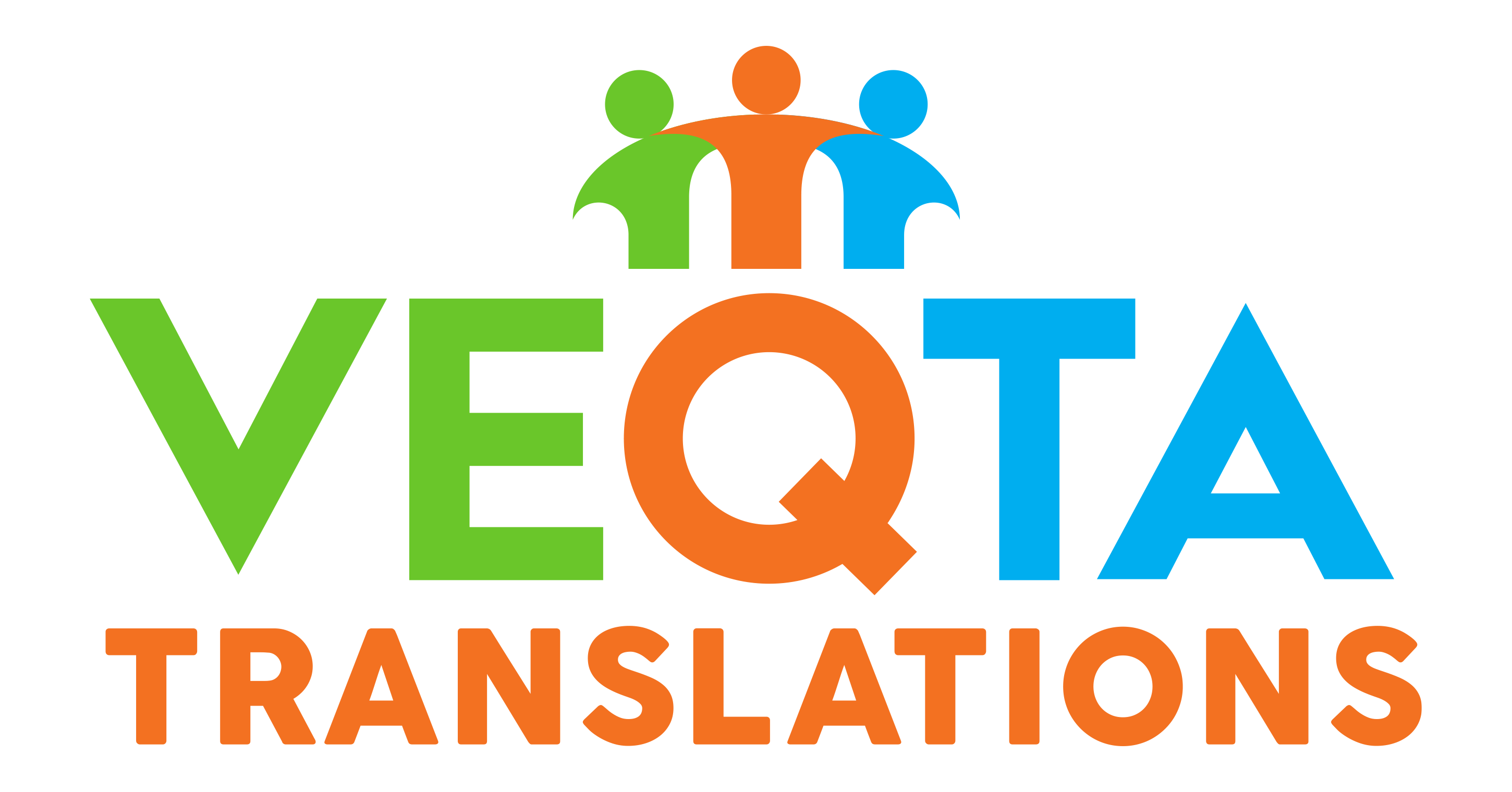Human vs. Synthetic Voiceovers: Finding the Right Fit in Localization
With the rapid advancement of voice technology, many organizations exploring content localization now face a key decision: should you use human voice talent or synthetic (AI-generated) voices? At VEQTA, where we specialize in
voiceover and dubbing services across Asian and European languages, this question comes up often. The answer depends on your goals, audience, budget, and content type.
The Rise of AI Voiceover Technology
Synthetic voice platforms have grown significantly in both quality and adoption. Tools such as Speechelo (popular among online marketers and video creators), WellSaid Labs (used by major brands for internal training and explainer content), and Murf.ai (a rising choice for e-learning and corporate narration) now offer neural voice models that sound far more natural than earlier text-to-speech (TTS) engines.
These platforms can simulate human-like pacing, apply stress and emphasis, and even incorporate emotional tone—particularly in major European languages such as English, Spanish, and German.
Companies like Duolingo, Nestlé, and the BBC have worked with localization providers to deploy AI voiceovers for suitable use cases—often training modules, app-based content, or limited-scope narrations.
When Synthetic Voices Make Sense
AI-generated voices are often a good fit for:
- Certain instructional videos and e-learning modules, especially when multiple languages are needed.
- IVR (Interactive Voice Response) menus and voice prompts.
- Product walkthroughs or simple corporate explainers.
- Website readouts or accessibility support.
In these cases, cost, speed, and consistency can outweigh the need for deep emotional expression or complex character acting. For large-scale internal documentation or low-visibility videos, synthetic voices can deliver clear, acceptable results quickly.
However, synthetic doesn’t always mean cheap. Most AI voice services operate on subscription or per-minute pricing. For example, platforms like WellSaid Labs and Murf.ai often require pre-committed usage blocks or monthly plans, especially for website integrations.
Voice quality also varies significantly between platforms, and many offer limited demos or languages unless you subscribe. In non-European languages—especially Thai, Japanese, Vietnamese, or Malay—the quality gap becomes more noticeable. Pronunciation, intonation, and tone variation can sound robotic or unnatural. While most platforms provide tools to adjust inflection and emotion, doing so manually can be time-consuming and effectively turns into a post-production process.
Why Human Voices Still Matter
Despite the rise of synthetic voiceovers, human voice talent remains irreplaceable where nuance, performance, and emotional engagement are required. Consider the following use cases:
- Children’s educational content.
- Entertainment dubbing (animation, TV, streaming).
- Commercial ads, trailers, and social media content.
- Any multi-character script or emotionally driven storytelling.
Human voice actors bring dynamic range, cultural nuance, timing, and personality—qualities that even advanced synthetic voices struggle to deliver reliably. This is especially critical in Asian language markets, where tone, honorifics, and rhythm carry deep contextual meaning; a missed inflection can completely change the message.
The Hidden Costs of AI Voices
- Subscription traps: Premium voices and full-length output often require monthly plans.
- Licensing limits: Commercial usage rights can be restricted or vary by platform.
- Limited language support: High-quality options outside major European languages remain sparse.
- Post-production time: Manual edits and re-generation may be needed for pacing, clarity, or pronunciation.
In contrast, human voiceover costs are typically transparent and project-based, with clear licensing and quality assurance from start to finish.
Making the Right Choice
At VEQTA, we help clients weigh the pros and cons based on the actual project needs:
- For quick-turnaround explainer videos, AI might be a practical fit.
- For broadcast, educational, entertainment, cartoon, or child-focused content—where voice modulation, character acting, and emotional nuance are key—human voices are essential.
- For several Asian languages, human expertise is still often the only viable option.
AI voices are improving—and fast—but they’re not a full replacement for professional human narration, especially in emotionally expressive or linguistically complex projects. Synthetic voice platforms like Speechelo, WellSaid Labs, and Murf.ai can complement your localization toolkit—provided their limitations, costs, and suitability are evaluated per project.
At VEQTA, we provide both AI voice integration and
human dubbing services, tailored to your content type, language, and budget. Whatever voice your project needs, we’ll help you find the right one.


